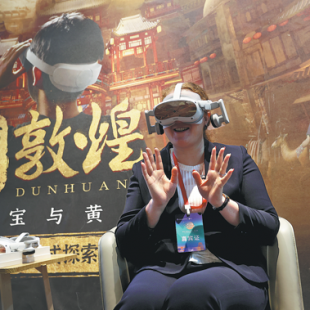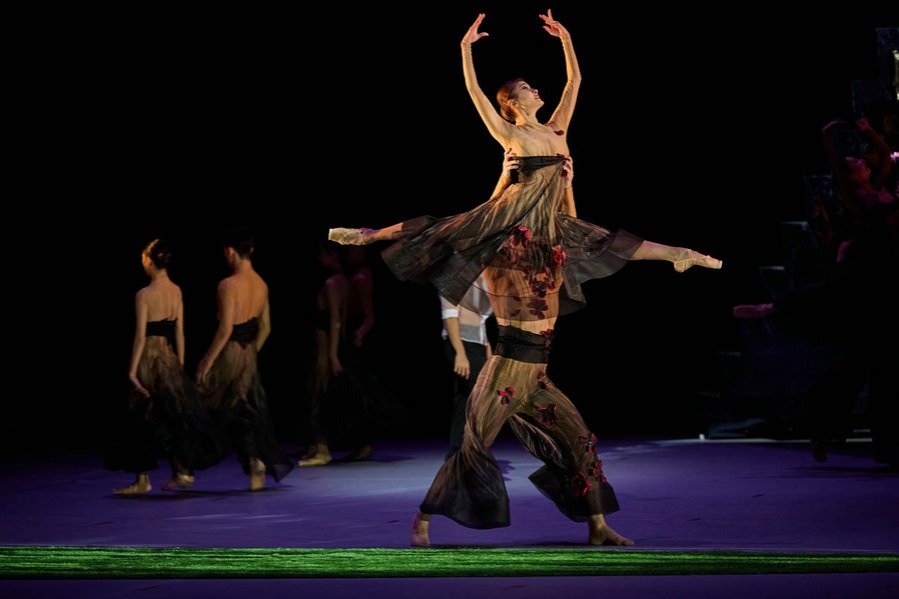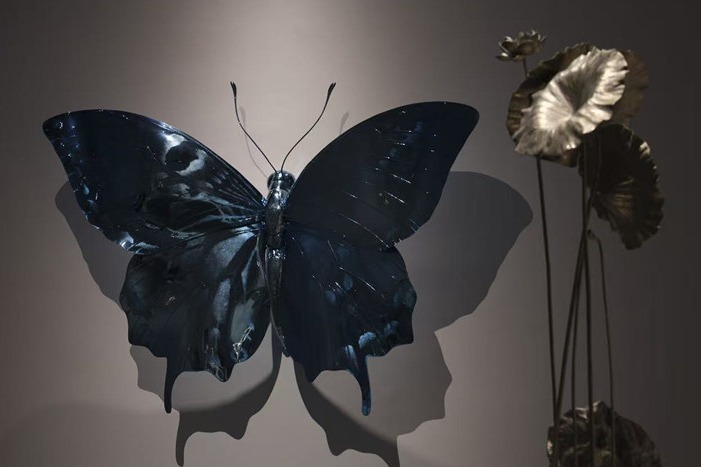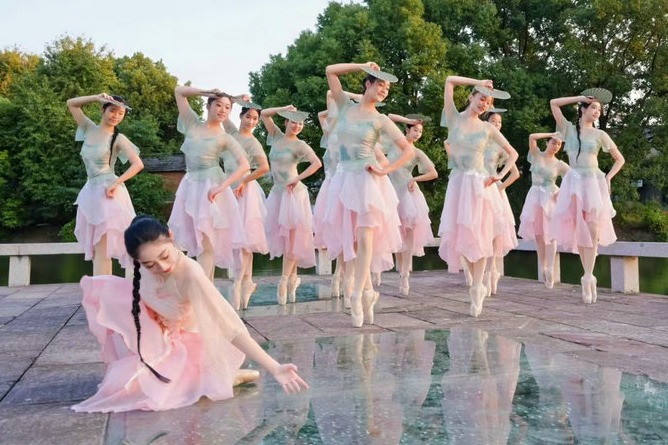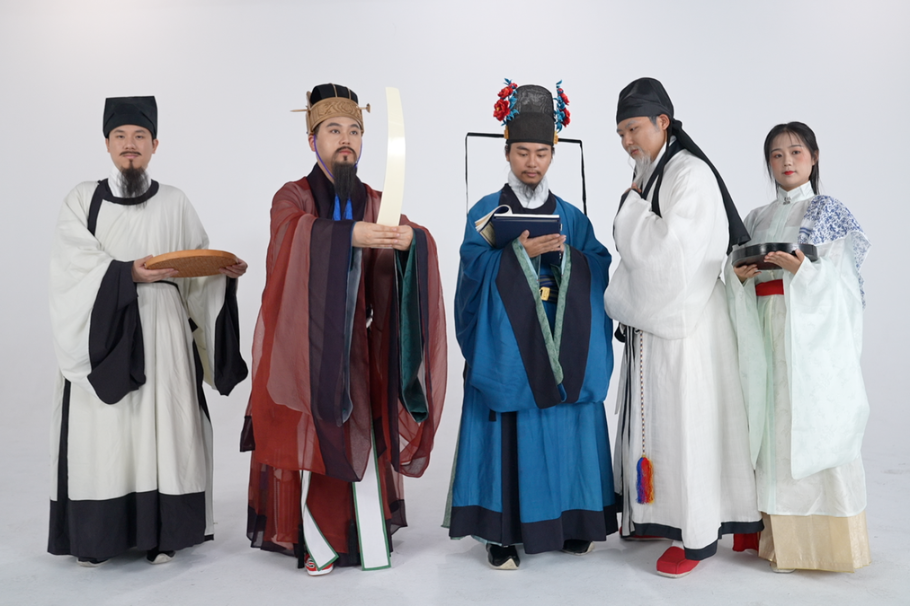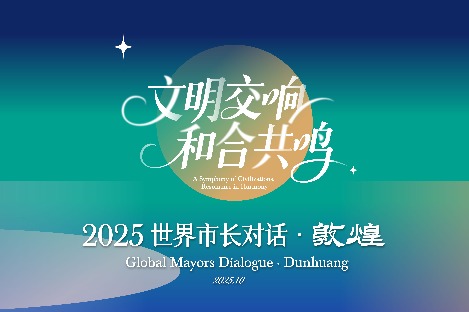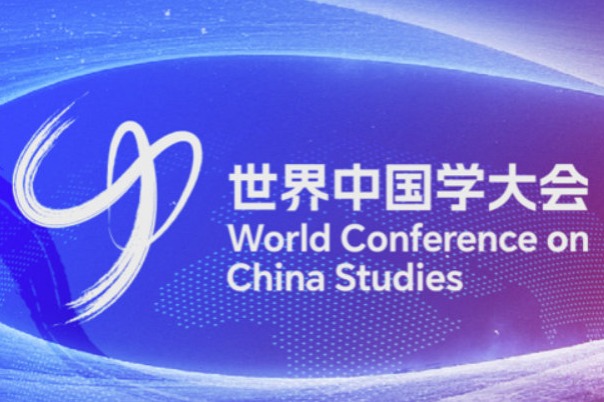Preservation through digitalization
Online platforms help safeguard ancient relics of the Mogao Caves and give tourists and researchers better access to learn about and study their magnificent history, report Xu Lin and Ma Jingna in Dunhuang, Gansu.

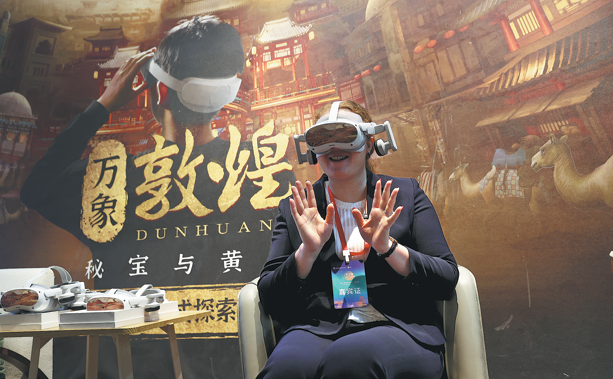 Russian scholar Olga Pronkina wears a virtual reality headset to have immersive historical experience at the Dunhuang Museum on Sunday. CHEN ZEBING/CHINA DAILY
Russian scholar Olga Pronkina wears a virtual reality headset to have immersive historical experience at the Dunhuang Museum on Sunday. CHEN ZEBING/CHINA DAILY
"Venice and Dunhuang are closely linked by their historical beauty, artistic heritage and excellent craftsmanship," says Elisa Andreoli, public relations and social media manager of Wavents, a cultural company in Venice, Italy.
"The two cities are striving to bring a prosperous future for new generations through a path of ecological transition, environmental protection, and recovery."
She believes that heritage must be safeguarded and incorporated into the policies of regional development and city marketing.
"Dunhuang's preservation efforts extend far beyond the sculptures and murals within the caves. It also places great emphasis on optimizing the historical environmental landscape — an element inherently interdependent with its heritage sites," says Su Bomin, director of Dunhuang Academy.
The Mogao Caves receive domestic and international tourists annually. They watch two short films to understand the site's historical background and enjoy views of several classic caves via digital technology. This approach reduces their on-site stay time and eases pressure on the caves.
"To meet their needs, we've also constructed service infrastructure in accordance with relevant regulations. The process has undergone expert reviews and environmental impact assessments," Su says.


